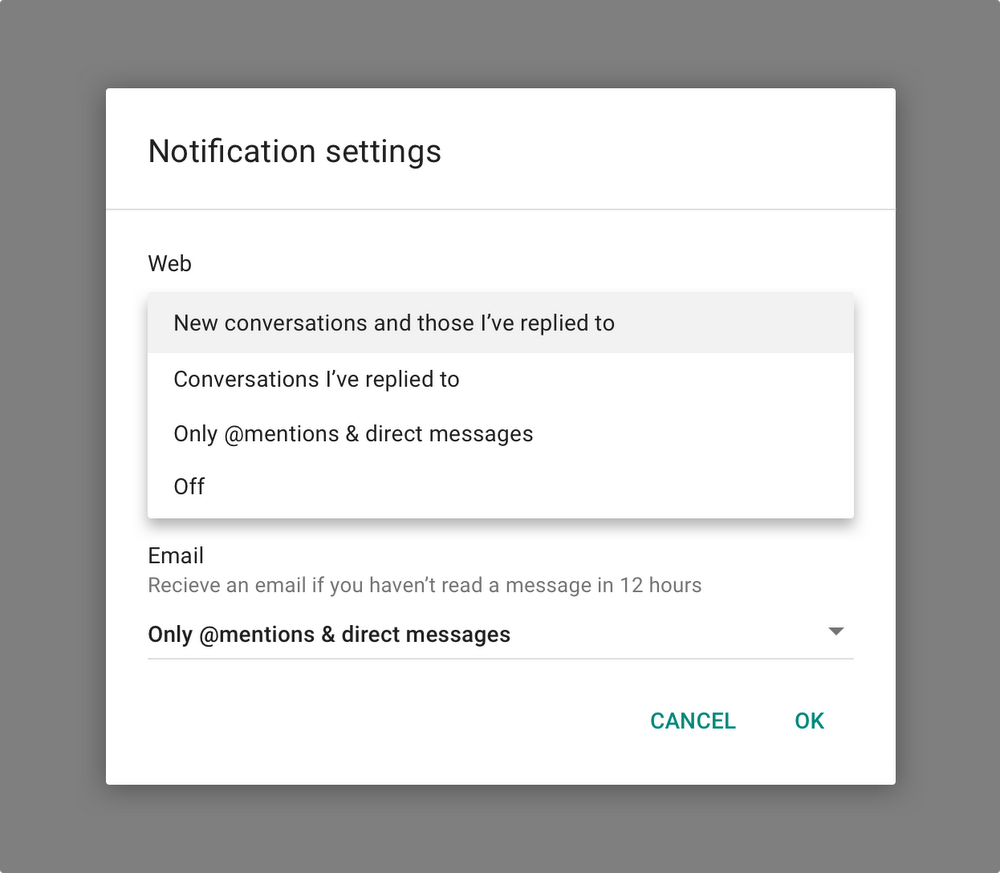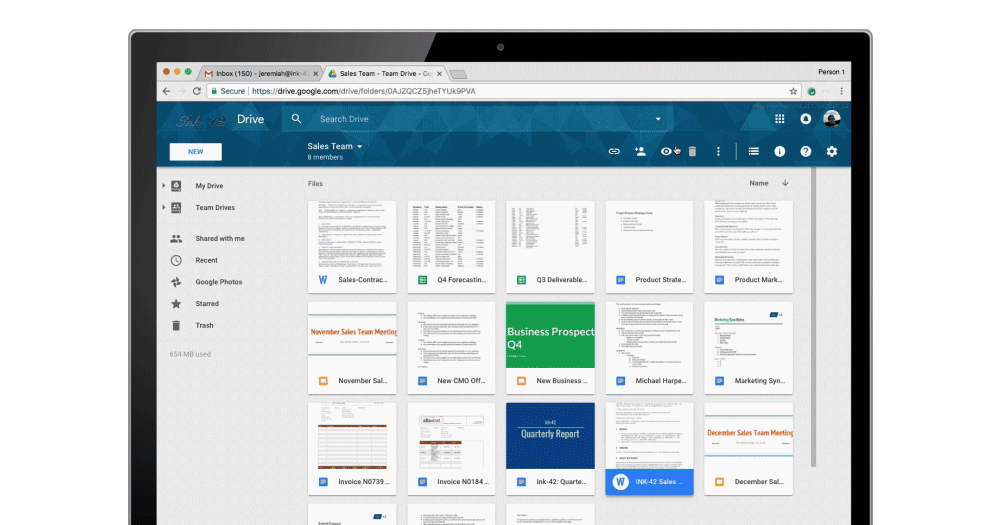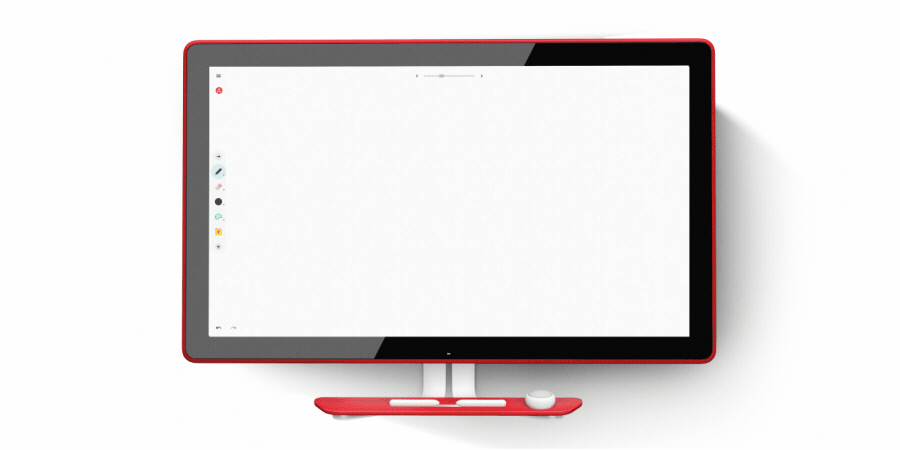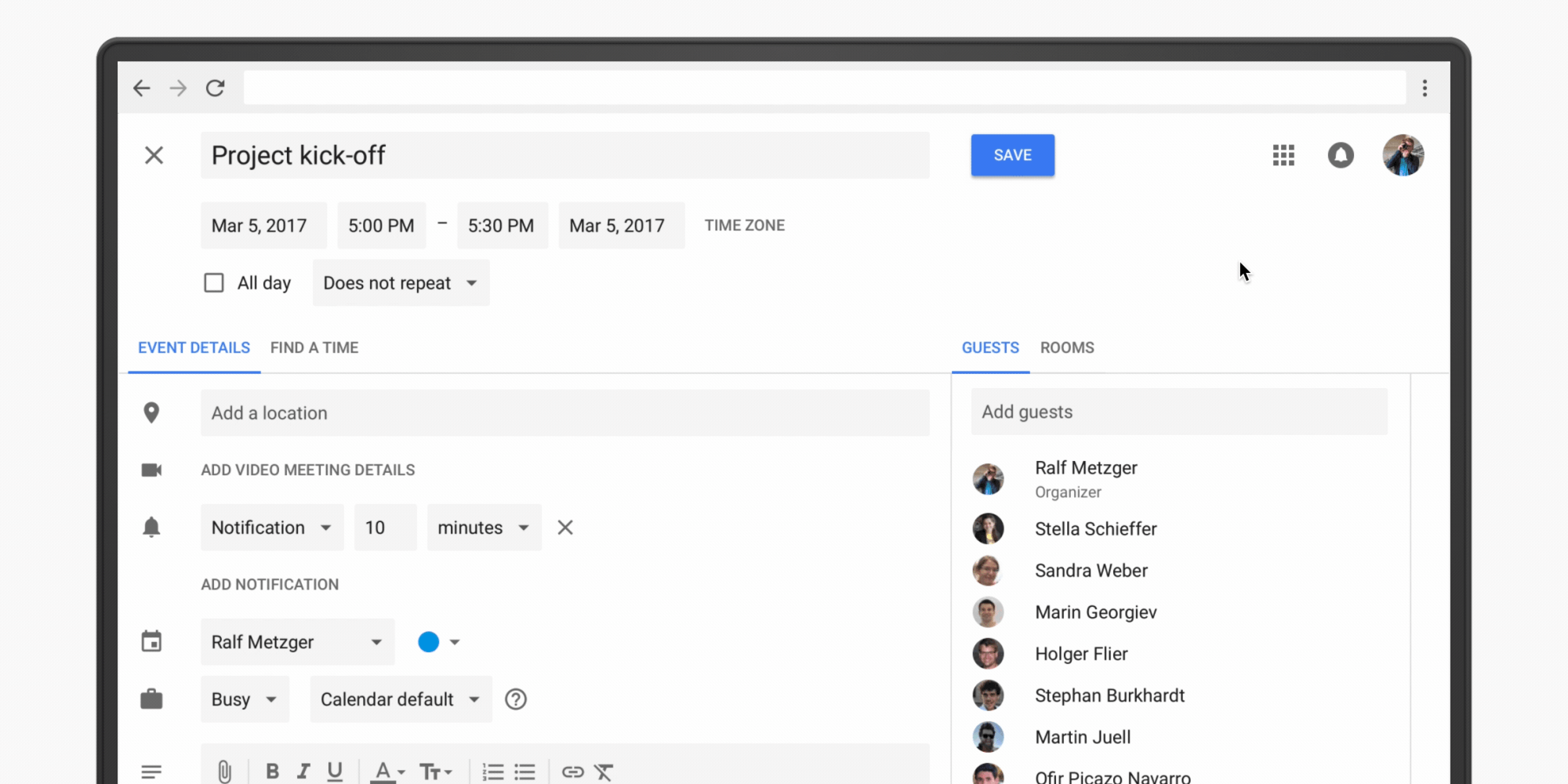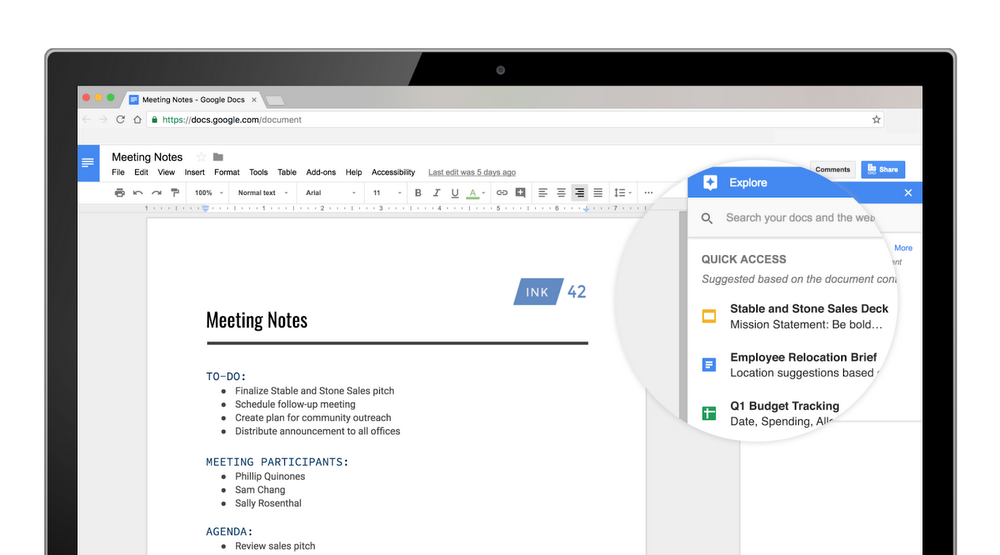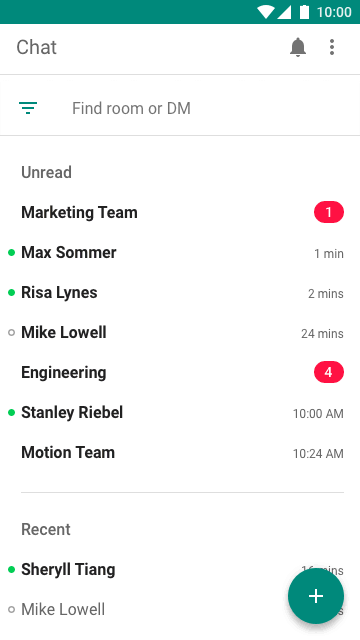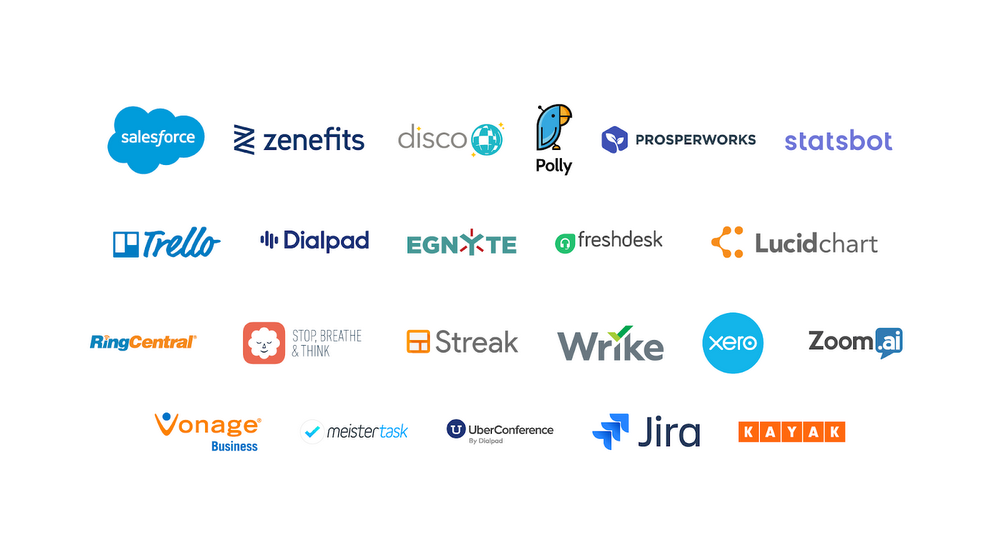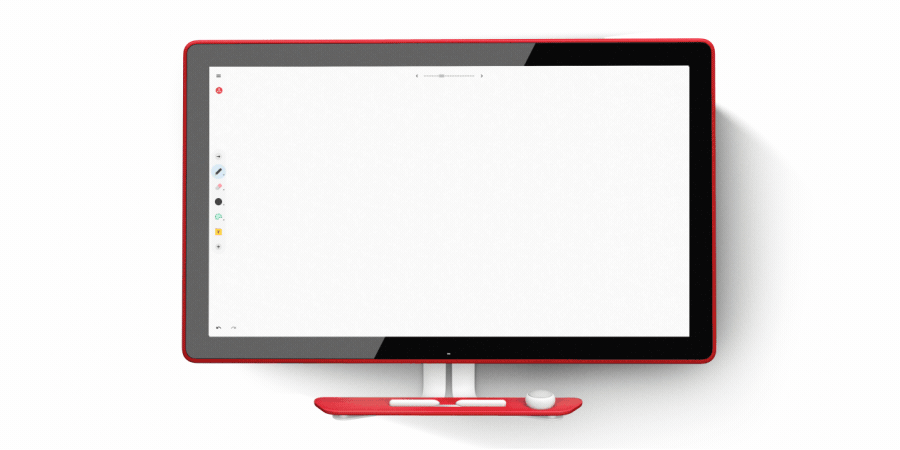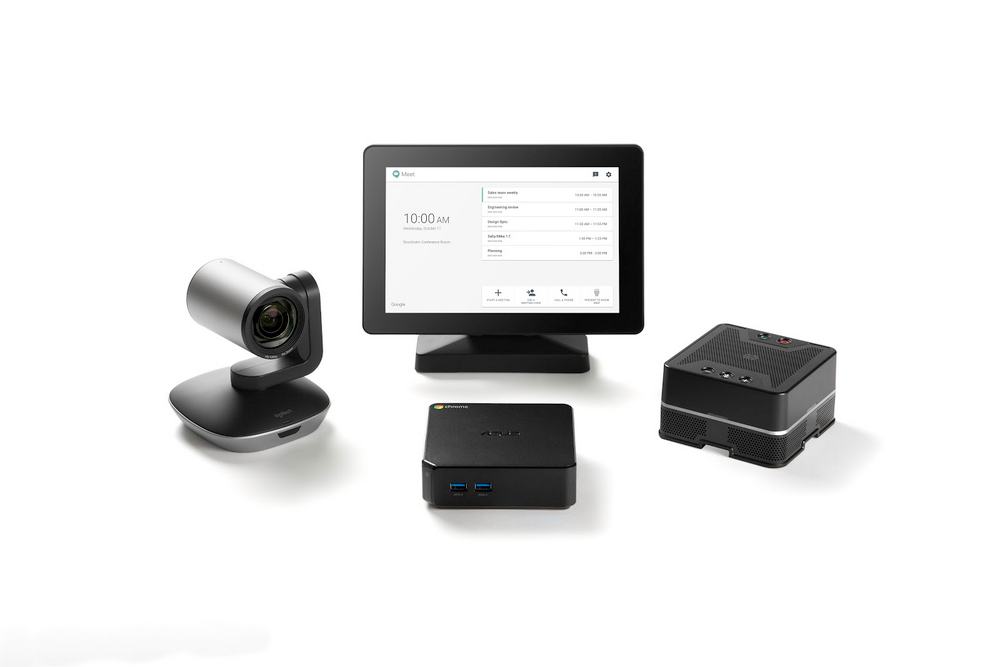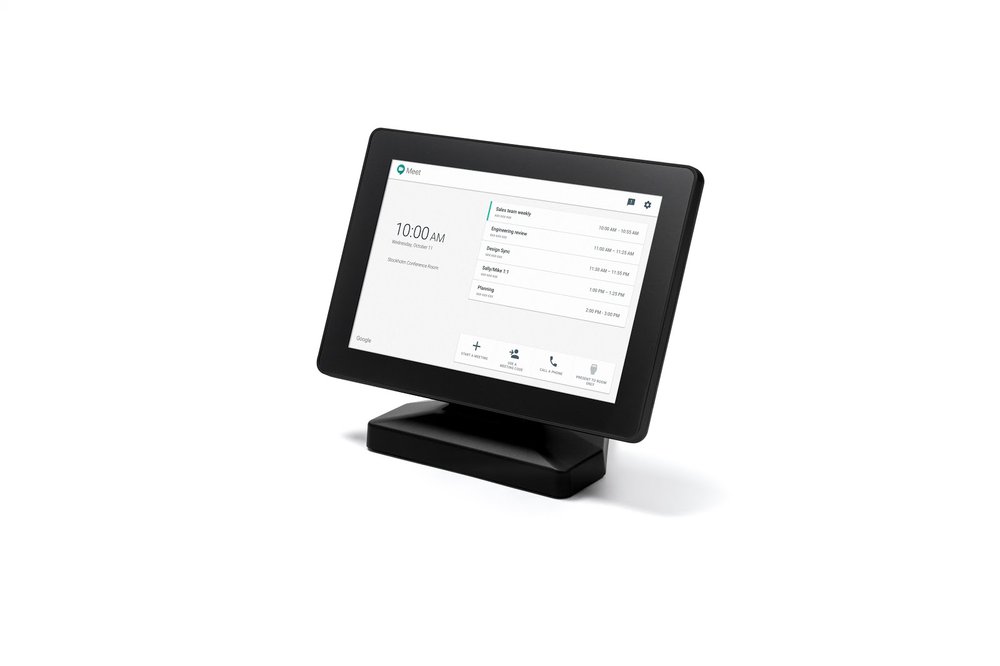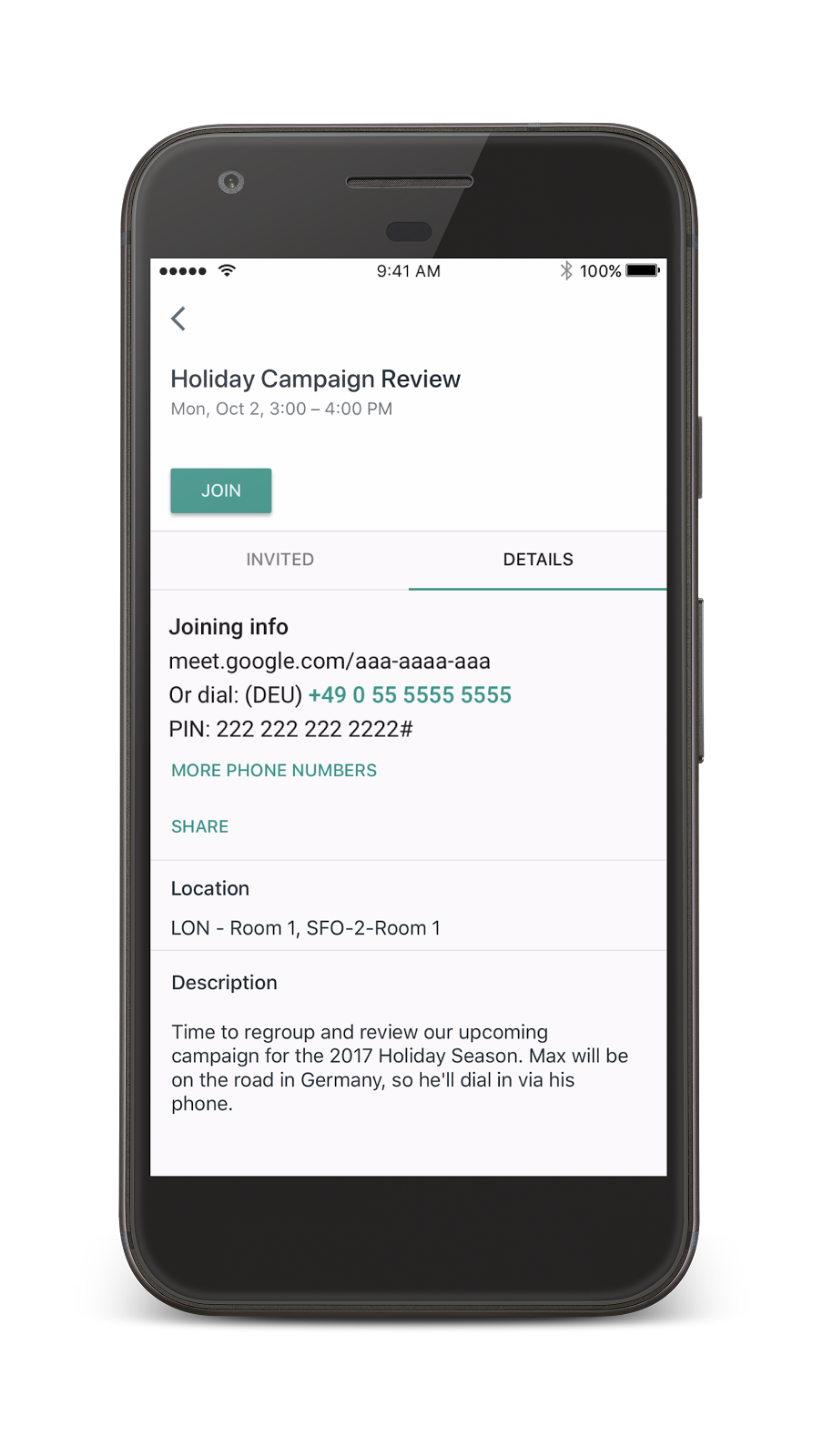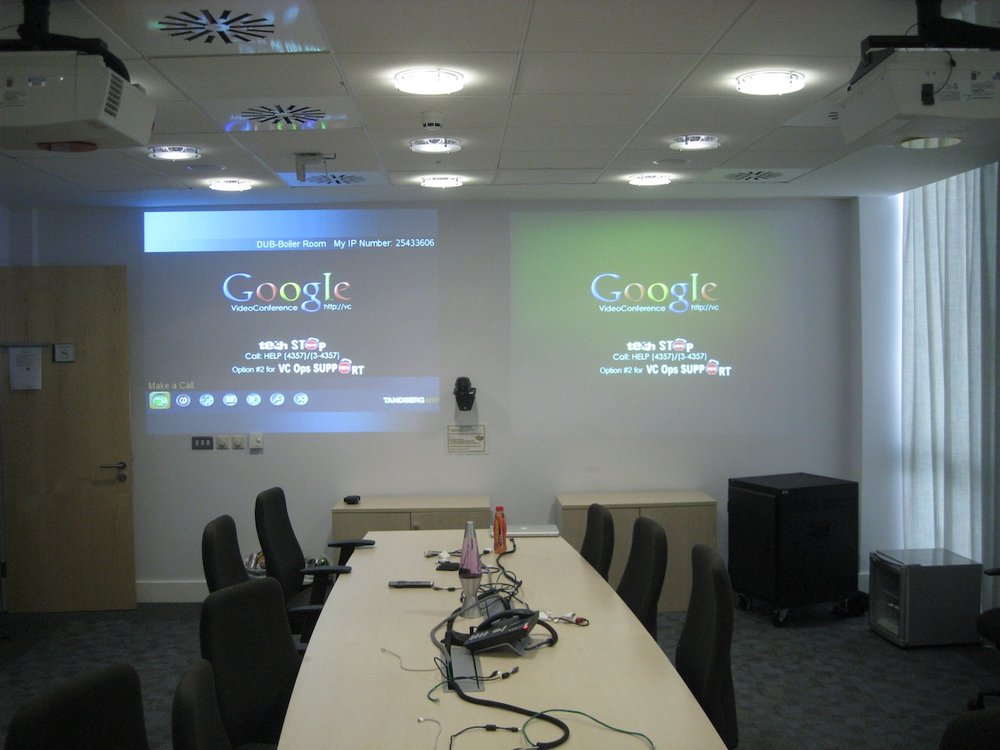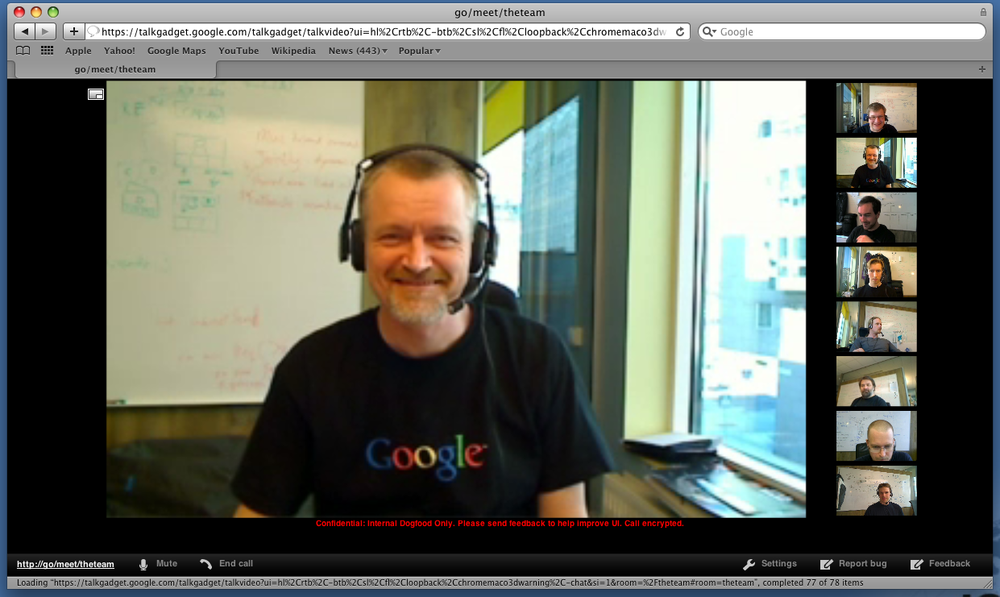Communicating with the people in our lives is one of the most important things we do every day, whether it’s chatting with friends about an upcoming trip, calling mom to check in, or touching base with colleagues. Over the past few years, we’ve built products to help improve the way you communicate and today we’re sharing an update on our current efforts, and our focus moving toward a simpler communications experience.
Investing more in Messages, and bringing the best of Allo to Messages
We want every single Android device to have a great default messaging experience. We’ve been working closely with the mobile industry to upgrade SMS so that people around the world can more easily enjoy group chats, share high-res photos, and get read receipts on any Android device. Thanks to partnerships with over 40 carriers and device makers, over 175 million of you are now using Messages, our messaging app for Android phones, every month.
In parallel, we built Google Allo, a smart messaging app, to help you get more done in your chats and express yourself more easily. Earlier this year we paused investment in Allo and brought some of its most-loved features—like Smart Reply, GIFs and desktop support—into Messages. Given Messages’ continued momentum, we’ve decided to stop supporting Allo to focus on Messages.
Allo will continue to work through March 2019 and until then, you’ll be able to export all of your existing conversation history from the app—here are instructions on how to do so. We've learned a lot from Allo, particularly what’s possible when you incorporate machine learning features, like the Google Assistant, into messaging.
Making video calls even easier with Duo
We built Duo, our simple, high-quality video calling app, so you never miss a moment with the people who matter most. It’s one of Google's highest rated mobile apps and is seeing strong growth and engagement across both Android and iOS.
This year we launched Duo support for iPad, Android Tablet, Chromebook, and Smart Displays, giving you more flexibility to make calls from your favorite devices. We also launched the ability to leave a video message, and will continue to bring more quality improvements based on machine learning that make video calls with Duo simple and reliable.
Continuing our enterprise focus with Hangouts
Communications at work, on both desktop and mobile, is critical to business success. In March of last year, we announced plans to evolve classic Hangouts to focus on two experiences that help bring teams together: Hangouts Chat and Hangouts Meet. We’ve seen great adoption with both among our G Suite customers. Recently, we announced the ability to organize meetings with up to 100 participants in Meet and made it easier for businesses to use meeting solutions without worrying about compatibility with existing equipment. In the coming months, Chat customers will be able to include people from outside of their organization, making it easy to stay aligned with clients, vendors, partners and others, all from one place.
Hangouts Chat and Meet are primarily focused on team collaboration for G Suite customers and at some point will be made available for existing Hangouts users, too. We’re fully committed to supporting Hangouts users in the meantime.

We’re excited by the progress we’ve made with our communications experience over the past few years, and ready to take what we’ve learned from Allo and put it to work to make Messages even better. And by refocusing on Messages and Duo for consumers and Hangouts Chat and Hangouts Meet for team collaboration, we’re focused on delivering a simpler and more unified communications experience for all of you.





